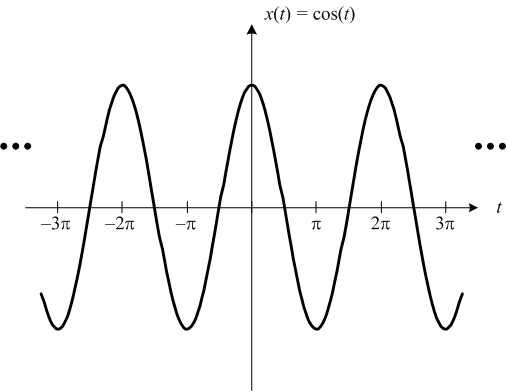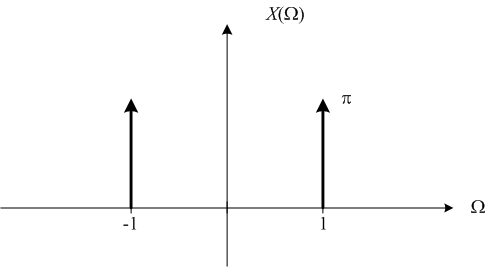Negative frequencies
I recently asked for your advice about how to continue my Fourier transform series. I appreciate all the enthusiastic and helpful responses. I'd like to continue focusing on some basic points that confuse folks who don't have an extensive signal processing background:
- Negative frequencies
- Use of fftshift
- Complex-valued outputs from fft function
- DTFT plotting procedure
- Physical units on DTFT plots
- Revisit two-dimensional frequency domain visualization for images
- Significance of frequency-domain phase for images
- Two-image magnitude-phase swapping experiment
I will leave the more advanced signal processing topics for a later time.
Now, onto negative frequencies. Here are the plots of a cosine signal and its continuous-time Fourier transform (reproduced from my December 11, 2009 post.)


What's that impulse at -1 all about, anyway?
Imagine that you gathered 10 people, all knowledgeable about signal processing and Fourier transforms, into a room and asked them to explain about negative frequencies. It is a well-established fact that you will get 27.4 different explanations. And three of the experts will get into a shouting match over which explanations are correct. (This experiment can be dangerous; please don't try it at home.)
So it is with some trepidation that I offer you a couple of different ways to think about negative frequencies.
1. Let's start with a simple cosine signal,  . The frequency
. The frequency  can be positive or negative (e.g.,
can be positive or negative (e.g.,  or
or  ). This is a useful distinction to make. (Is that wheel thingy turning forward or backward?)
). This is a useful distinction to make. (Is that wheel thingy turning forward or backward?)
2. The Fourier transform uses a kind of complex exponential signal for its basis functions, not real-valued sinusoids. The
complex exponential used is  , where
, where  (as all electrical engineers know), real-valued
(as all electrical engineers know), real-valued  is the frequency in radians per second, and
is the frequency in radians per second, and  is time. This function is related to the real-valued cosine and sine functions as follows:
is time. This function is related to the real-valued cosine and sine functions as follows:



So you can see that when you express  in terms of complex exponentials, there is both a positive frequency and a negative frequency term.
in terms of complex exponentials, there is both a positive frequency and a negative frequency term.
3. Finally, if you think the whole idea of complex-valued time-domain signals is just weird, they are actually quite useful in many domains. In the area of communications, for example, some systems transmit information as two different signals (the in-phase component and the quadrature-phase component). It is very convenient to model these signals mathematically as the real and imaginary parts of a single complex-valued signal. These complex-valued signals might have only positive (or only negative) frequency components.
Do you have your own favorite way to explain negative frequencies? Please share it with us here by posting a comment.









댓글
댓글을 남기려면 링크 를 클릭하여 MathWorks 계정에 로그인하거나 계정을 새로 만드십시오.